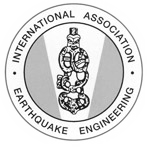Speaker
Description
The management of emergency situations generated by natural or man-made disasters is a worldwide critical task for both public and private entities. In Romania, seismic hazard represents one of the most dangerous threats, in terms of potential physical and socio-economic losses. In recent years, taking advantage of the new technology developments and increase of the computational power, significant improvements have been done for seismic risk mitigation, using automatic systems and real-time data. There are two main institutions that perform real-time seismic monitoring of structures in Romania: INFP and URBAN-INCERC. A system for rapid damage and loss assessment (Seisdaro) is currently running at INFP, using post-earthquake generated ShakeMaps, while URBAN-INCERC is in the process of implementing a structural health monitoring system for instrumented buildings in its network, based on the ARTeMIS software. A brief history on the evolution of seismic monitoring of building structures and rapid seismic loss assessment in Romania will be presented. The paper also covers general lessons learned from previous earthquakes that affected the country, data regarding past and present exposure datasets, country-specific fragility functions and various methods and algorithms used for structural health monitoring over the time. Through international and national projects, constant improvements have been done regarding the seismic monitoring of structures and loss estimation. The roadmap for future developments involving the main institutions in charge of the seismic risk reduction, including research, academia and authorities, will be also outlined. Finally, given the complex situations revealed by the pandemic and its potential conjunction with other hazards, some reflections are presented about new multi-disciplinary methods and concepts that should be developed, implemented and tested, taking into account more variables such as: social vulnerability, influence of transportation networks and hospital capacities. The validation of these methods should help both private and public entities to increase life safety, to reduce economic losses and downtime.
| Keywords | seismic monitoring, structures, loss estimation, Romania |
|---|---|
| DOI | https://doi.org/10.5592/CO/1CroCEE.2021.120 |







